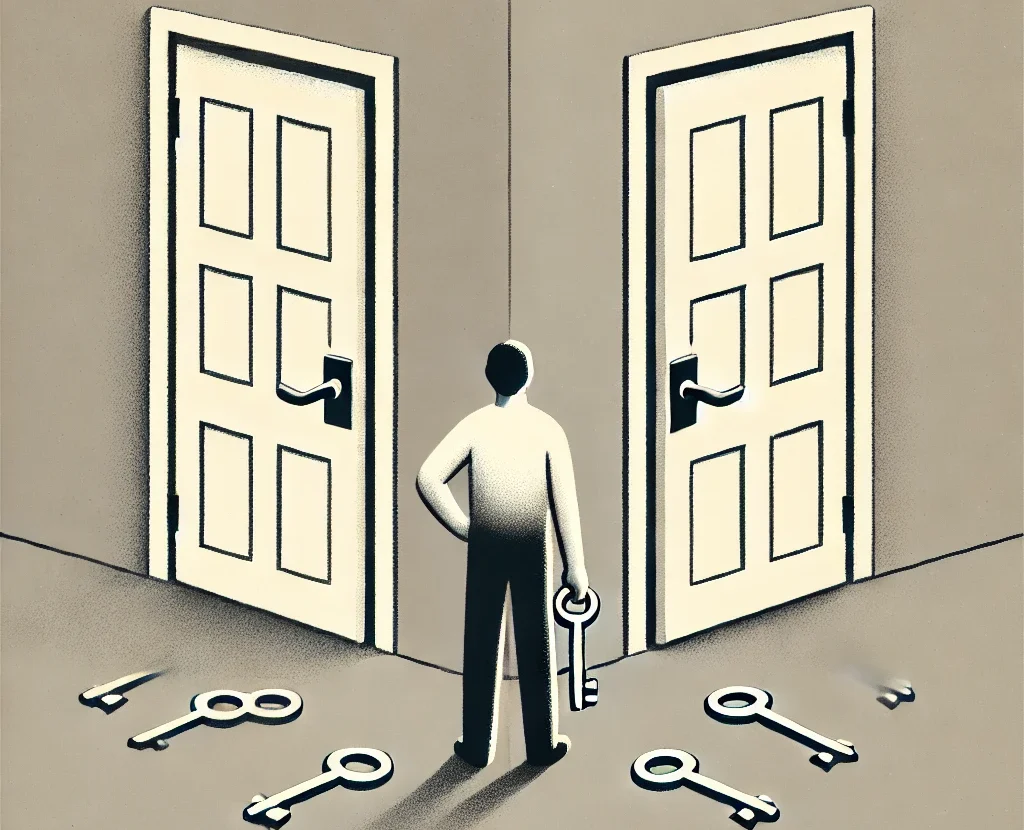
Imagine being asked to picture your childhood home. You try to visualize the front door, the hallway, your favorite room—but nothing appears. No blurry image, no vague outline. Just… blankness. This is the daily experience of people with aphantasia, a rare neurological condition where the mind’s eye is essentially blind.
The term aphantasia was coined in 2015 by cognitive neurologist Professor Adam Zeman. He first encountered the phenomenon when a patient reported losing the ability to visualize after a minor surgery. Intrigued, Zeman conducted research and found that others experienced the same thing—not just as a result of injury, but as a lifelong trait. While it had previously been mentioned as far back as the 19th century, it had never been formally studied or labeled until recently.
What makes aphantasia so fascinating is how it challenges our assumptions about imagination. Most people use mental imagery constantly, whether it’s recalling a face, imagining an outcome, or simply daydreaming. For those with aphantasia, these visual simulations are absent. They may know their mother’s face perfectly but cannot “see” it internally. This doesn’t mean they’re less intelligent or creative—just that they operate differently. In fact, many people with aphantasia excel in analytical thinking, writing, music, coding, or science.
Studies suggest that aphantasia is linked to differences in connectivity between the frontal cortex (which controls voluntary actions) and the visual processing areas of the brain. When people without aphantasia imagine something, these regions “light up” on an fMRI scan. In people with aphantasia, however, the visual areas remain quiet. It’s not a lack of imagination—but a different mode of experiencing it.
Let’s look at how people cope with aphantasia.
RELATED POSTS
View all


